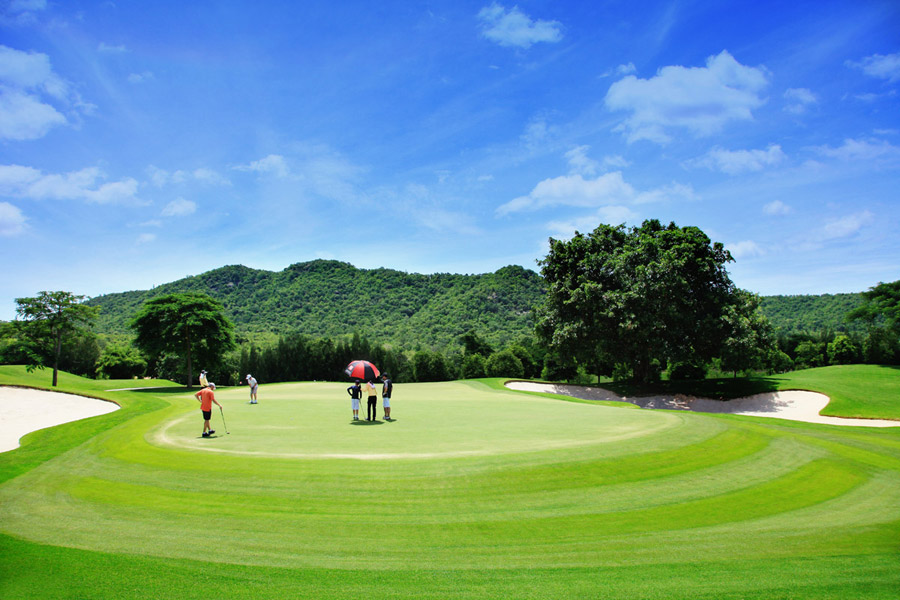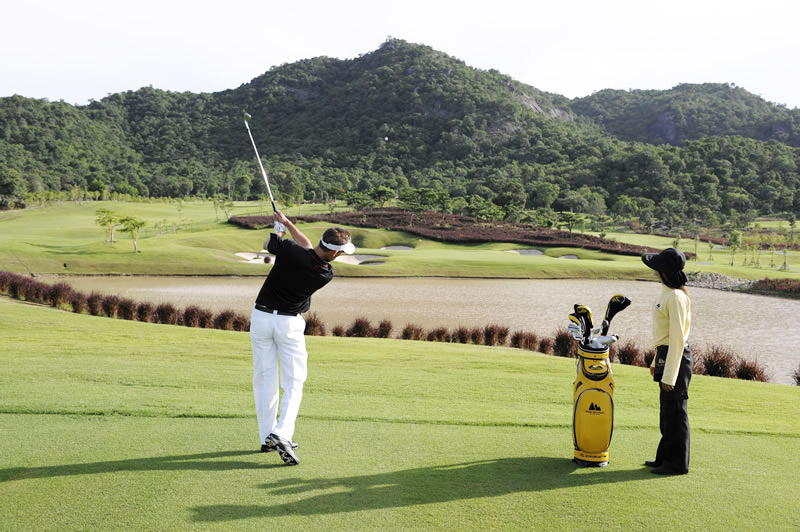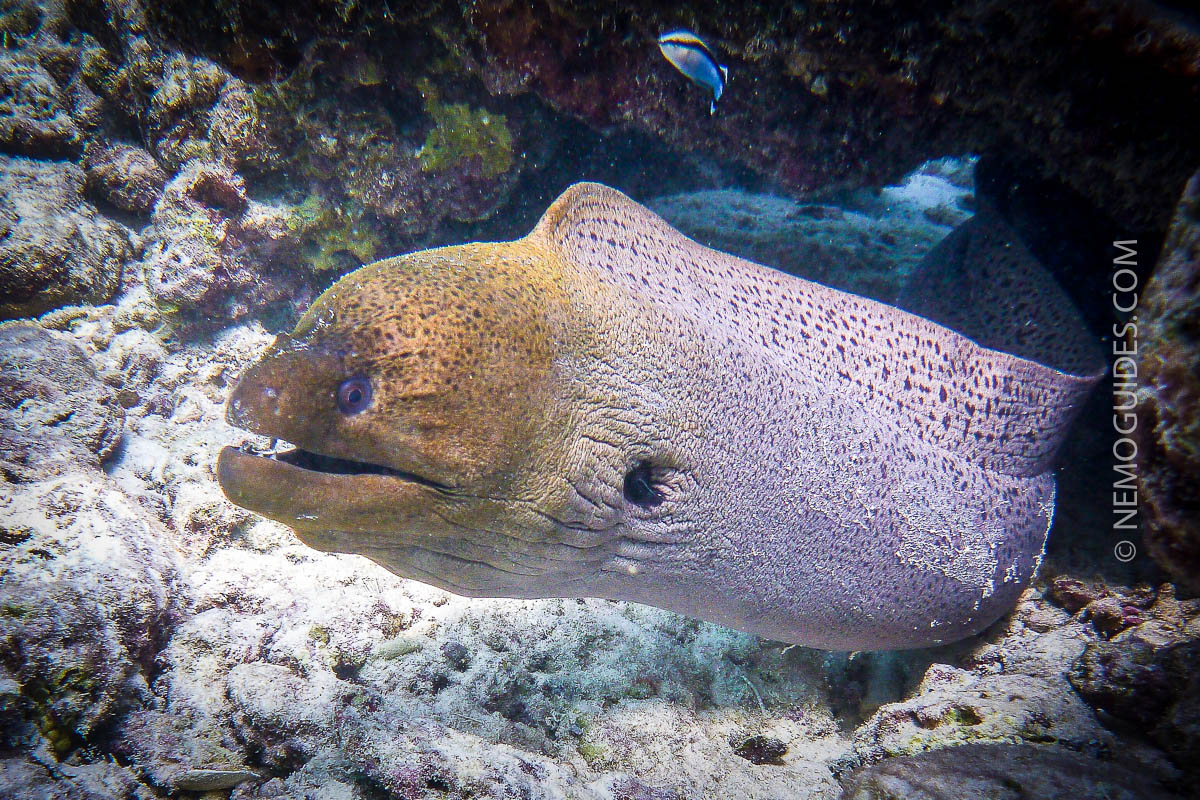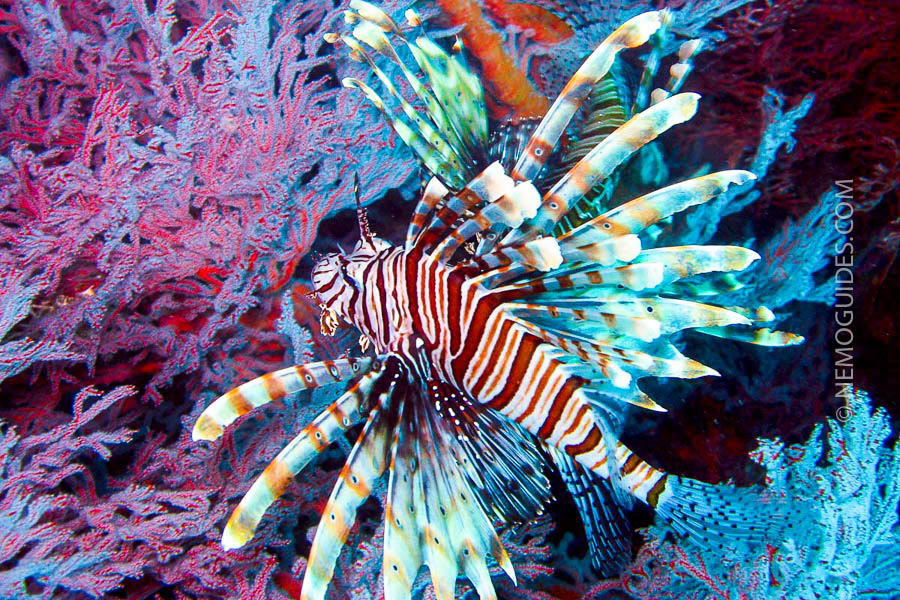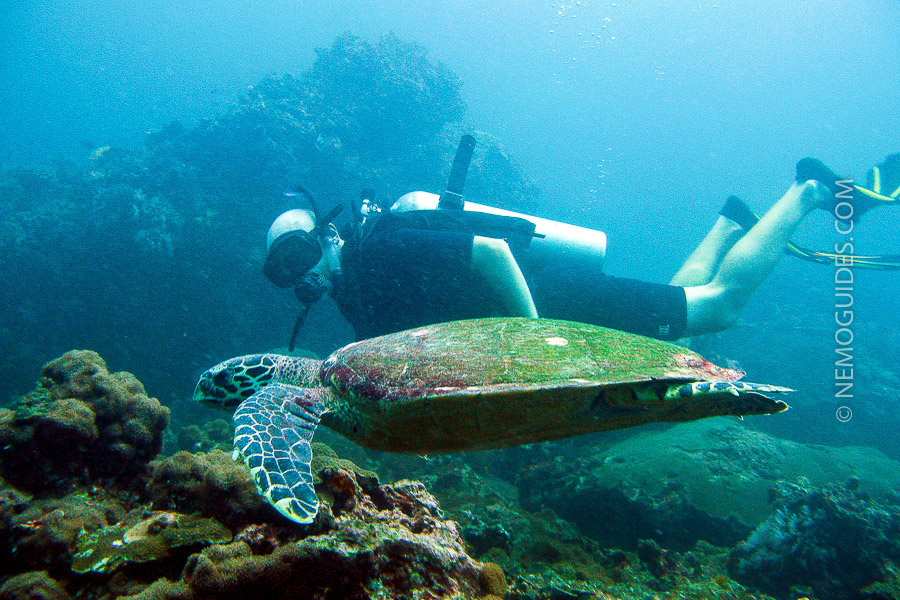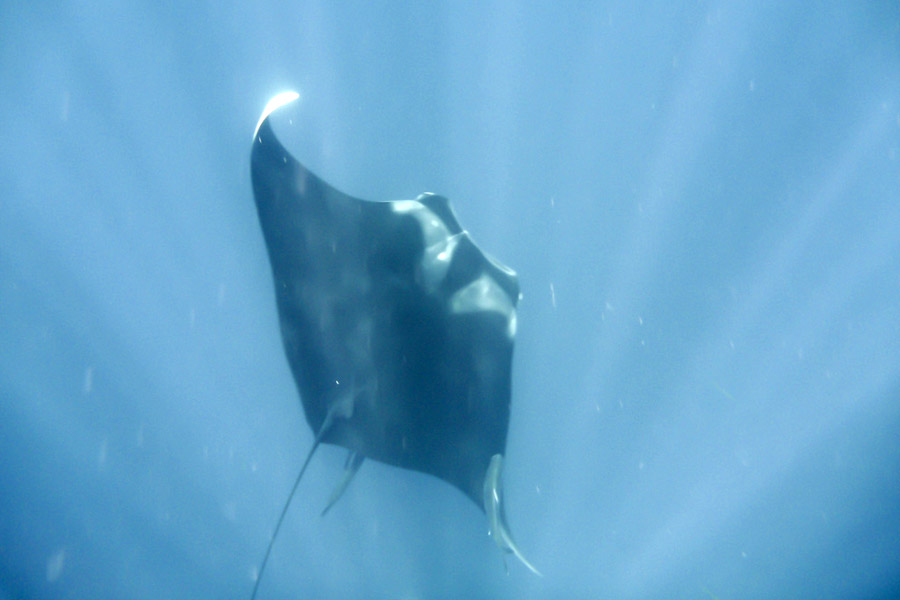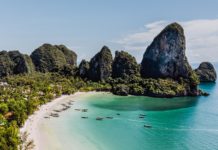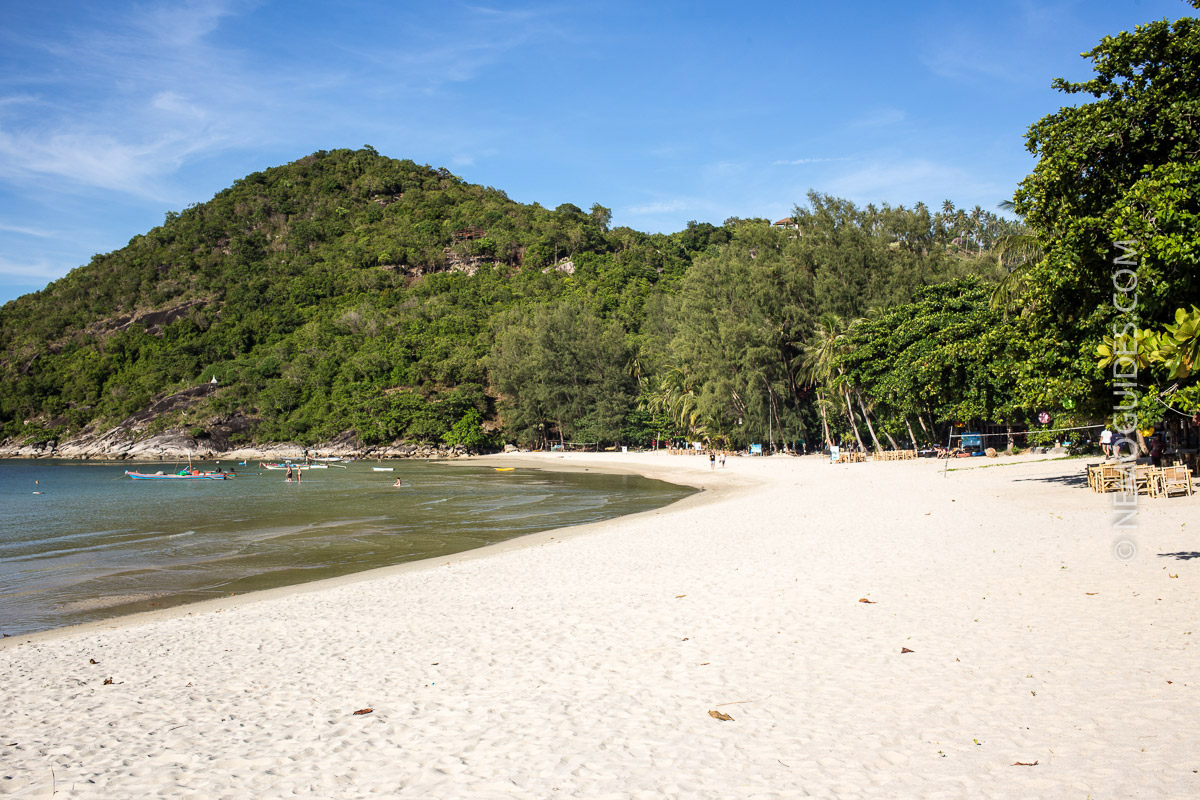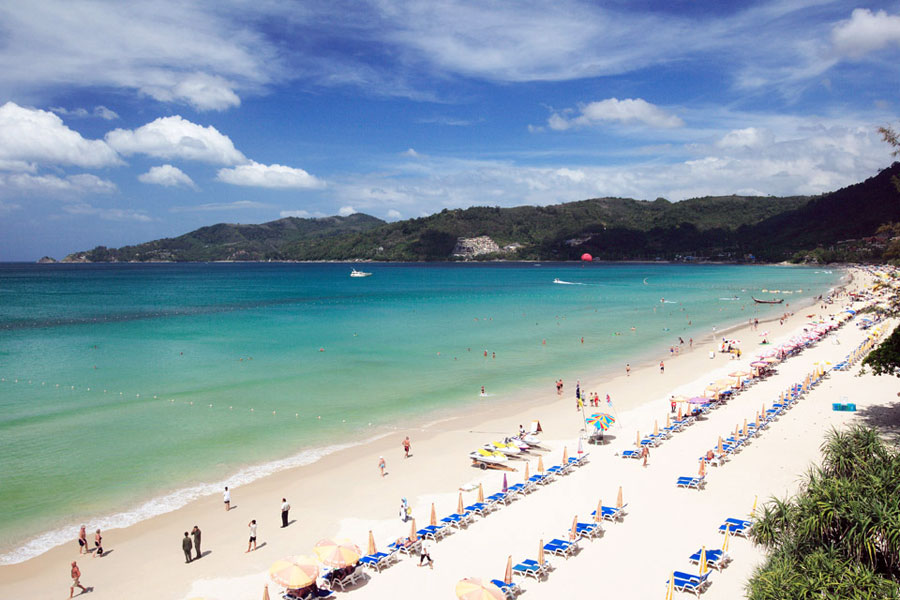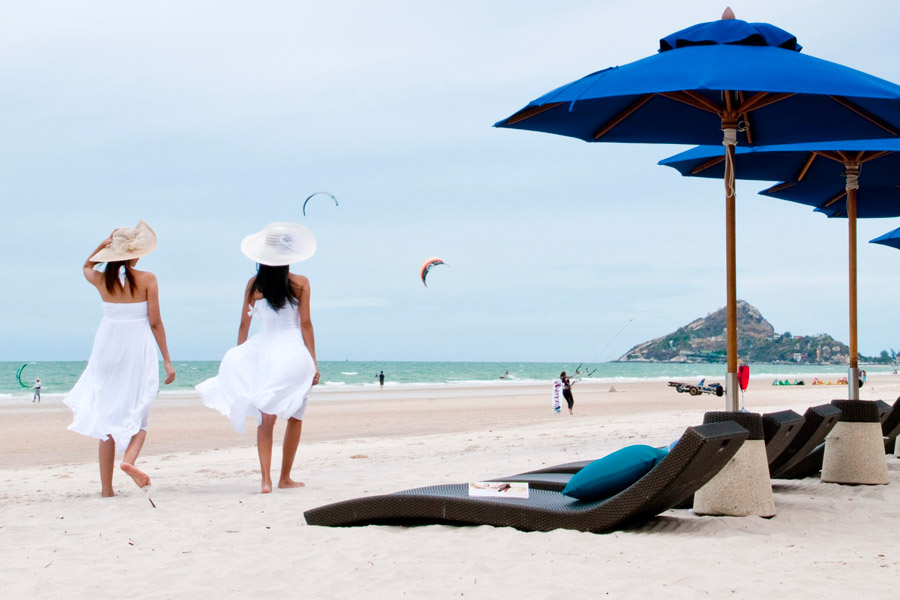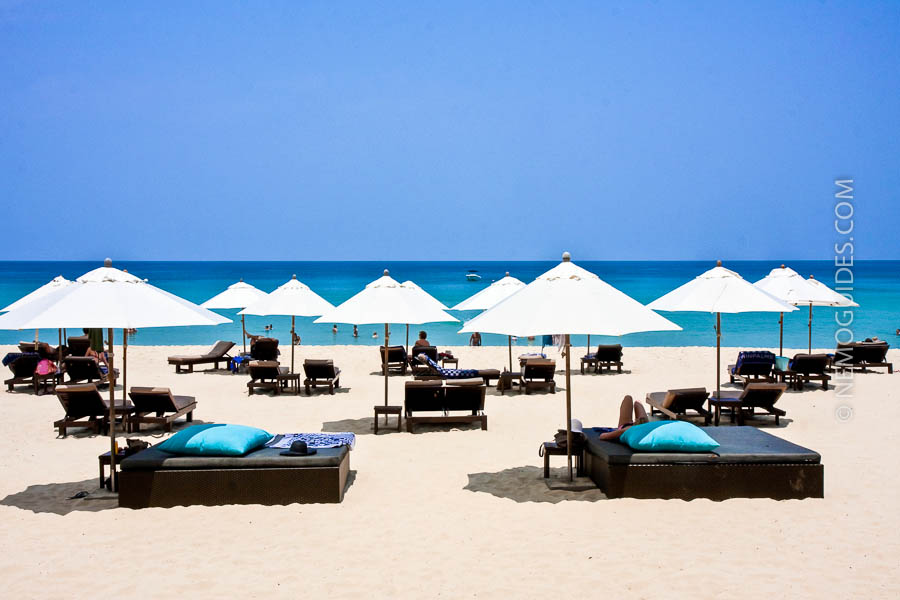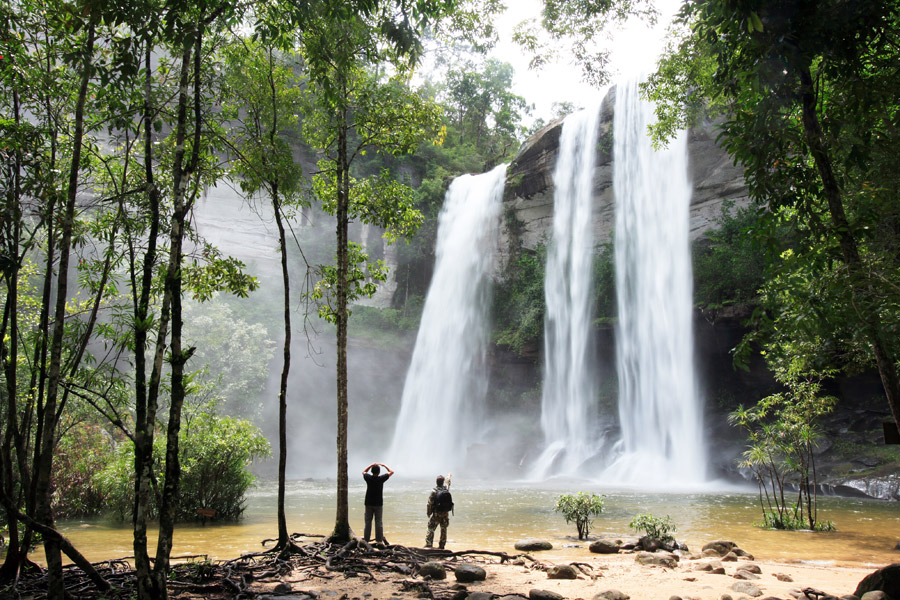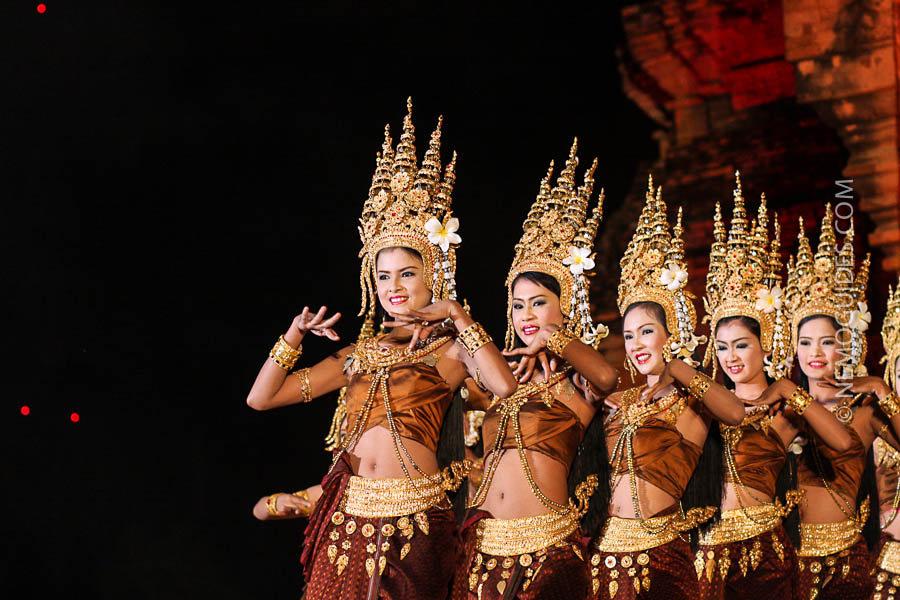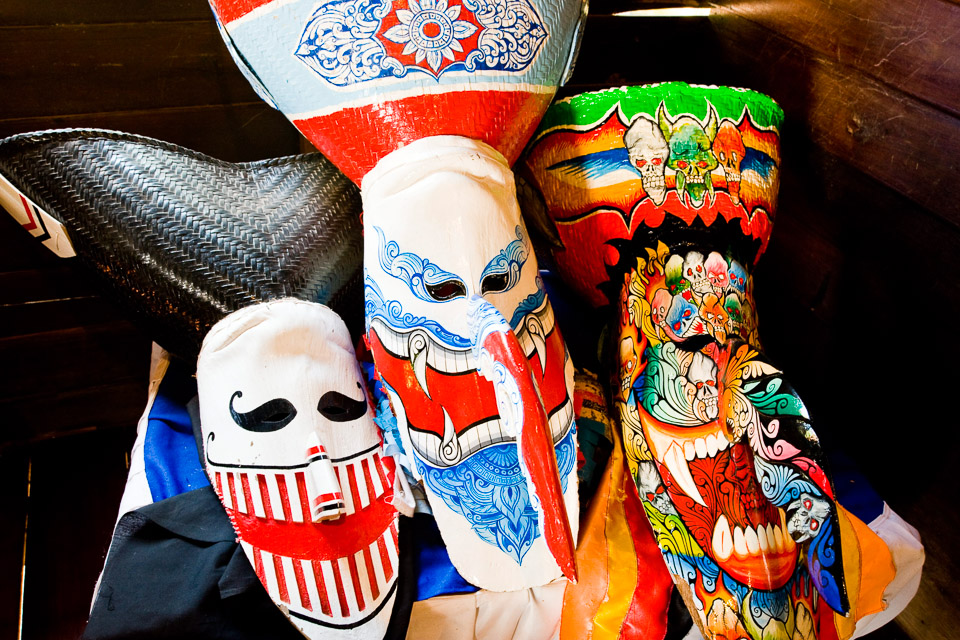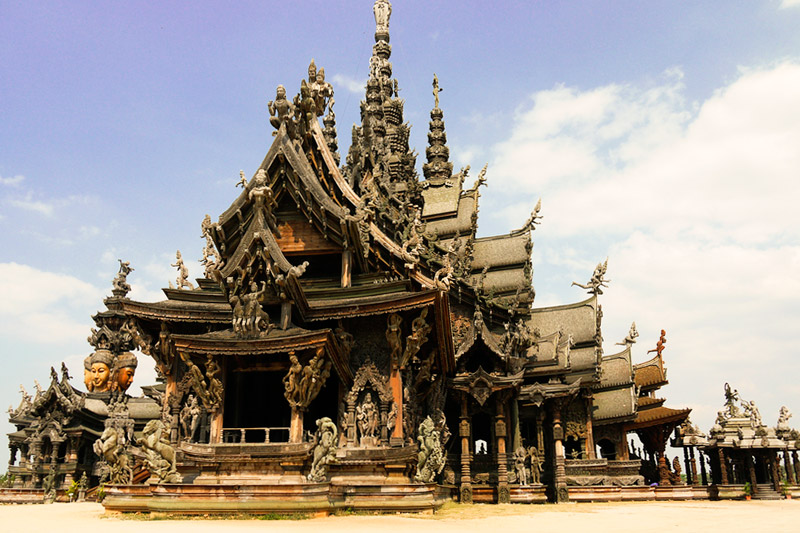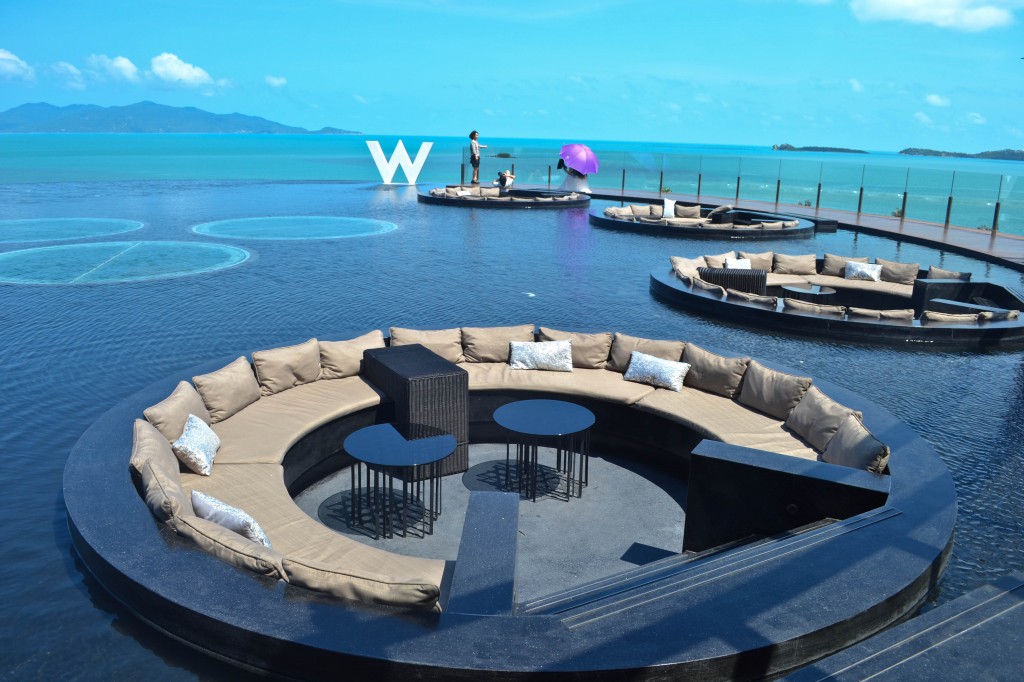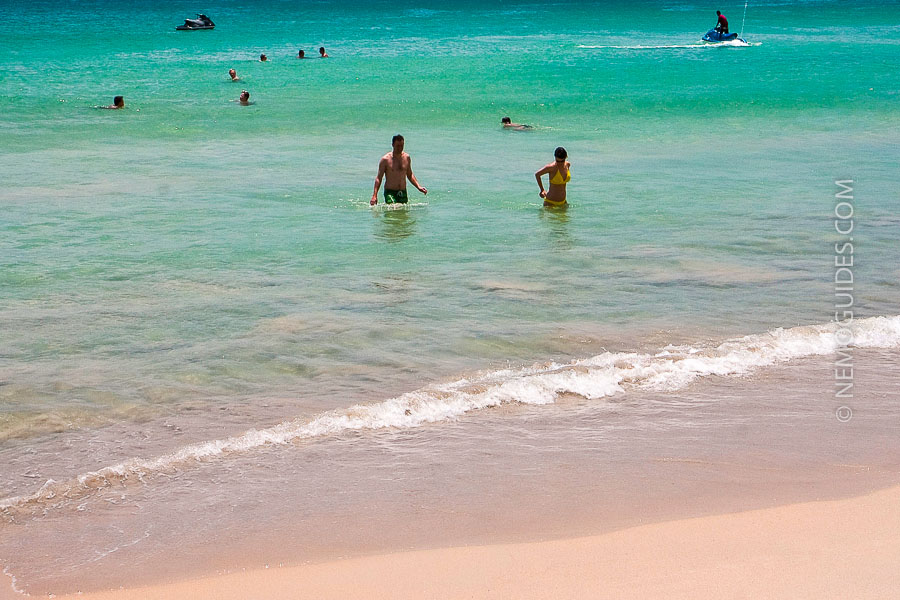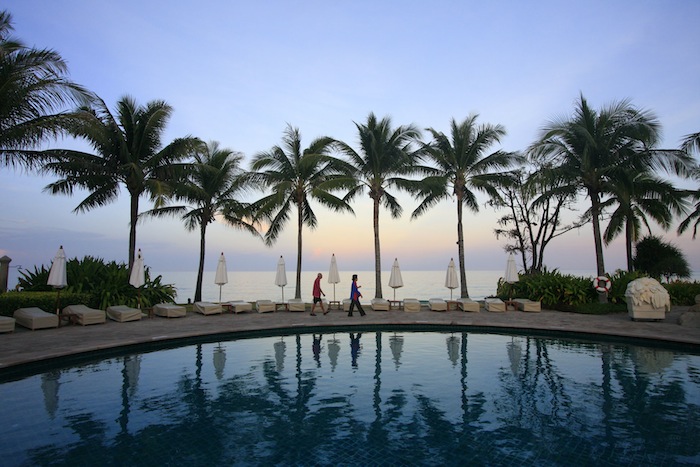North Eastern Thailand aka Isaan (also written Isan and Esaan) is a good antidote for all those who claim Thailand to be full of tourists. Only a handful of travelers end up here, even if the area covers one third of the Thailand’s land mass.
Isaan is often compared as Thailand’s equivalent to America’s Midwest, a somehow backwards hillbilly county, where country-style Thai music plays nonstop.
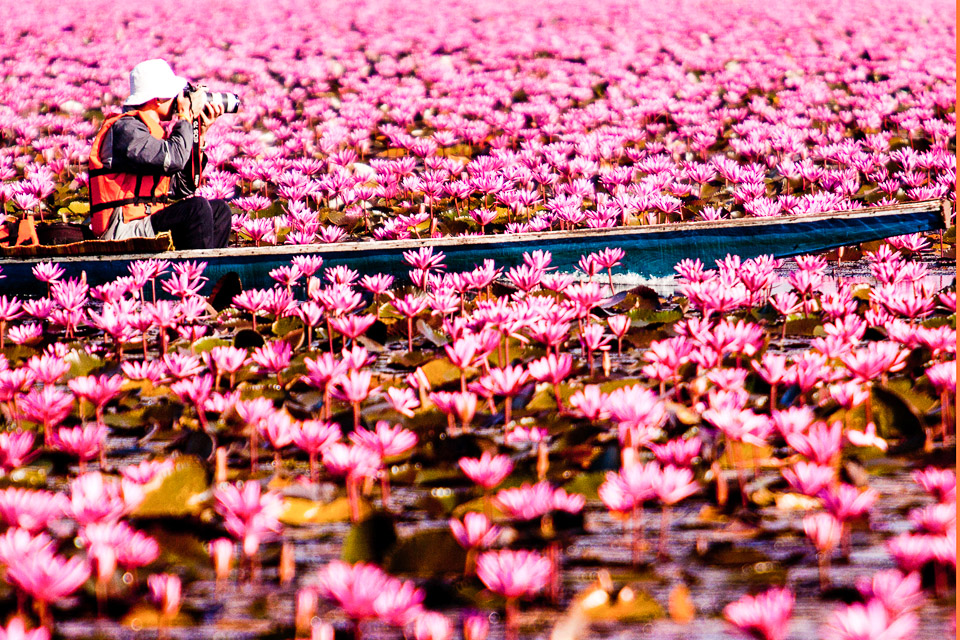
Lying deep inland, far away from the sea or the cooling mountains, Isaan is a hot and dry region, and devoid of beaches and famous tourist attractions. Instead, one can find here the Southeast Asian country life at its most traditional: rice fields, friendly people and wicked festivals, such as the mysterious Naga Fireball Festival in October, when lightning balls rise from the Mekong without any visible explanation.
Isaan’s biggest attractions are the Mekong River on the border of Laos, and a few stately but little visited Khmer era ruins on the border of Cambodia.
Amongst the attractions can also be counted the village markets, where enormous toads, field rats, roasted crispy maggots, and beetles length of an index finger are sold for food, together with so many different parts of internal organs of bigger animals that one could hold a lecture of anatomy in front of the market stalls.
Isaan’s deep countryside has for long been a poor region, where almost anything remotely edible has found its way to the table.
But that is only one part of the picture. Isaan is also developing fast, and the increasing new wealth can be seen in the bigger cities, which are resembling boom towns with new shopping malls, trendy restaurants, and bars opening faster than one can keep the track.
Isaan’s Main Cities
Isaan’s largest city, and one of Thailand’s biggest, is Nakhon Ratchasima or Korat as it is more familiarly known, 280 kilometers northeast of Bangkok.
Khorat can be reached from Bangkok by train or bus, and from Khorat it is easy to continue the trip to Khao Yai National Park or the Angkor era temples near the Cambodian border.
Other main cities are Khon Kaen in the middle of the region, and Udon Thani close to the border of Laos. Another interesting town for travelers is Nong Khai, which has an atmospheric old town next to the Mekong river and good connections to Laos’ capital Vientiane just across the river.
In either of them you can experience the local everyday life and do day-trips to nearby areas.
Udon Thani’s airport is especially handy when traveling to Laos and Vientiane; flights to Udon are much cheaper than direct flights from Bangkok to Vientiane. Low-cost buses leave the Udon Thani airport to Vientiane.
Isaan’s National Parks

Until the early 1900’s Isaan was largely covered with jungles. Since then, the rice paddies have taken over, but some great jungle areas have been conserved as National Parks.
Isaan’s most famous and visited park is Khao Yai, Thailand’s oldest and one the country’s finest national parks. The park consists of jungle as well as savanna. You can camp, hike and take part of jeep safaris in the national park.
Khao Yai is located on the edge of Isaanin, just three hours from Bangkok, making it a popular recreational area for Bangkokians during weekends. The few degrees cooler climate in Khao Yai adds to its popularity.
Most of the weekenders don’t actually venture into the jungle, but prefer to stay next to the park, where there are a variety of recreational facilities such as the theme park like Chokchai Farm and the PB Valley Winery.
Nong Khai and Chiang Khan, Pretty Towns Along the Mekong River
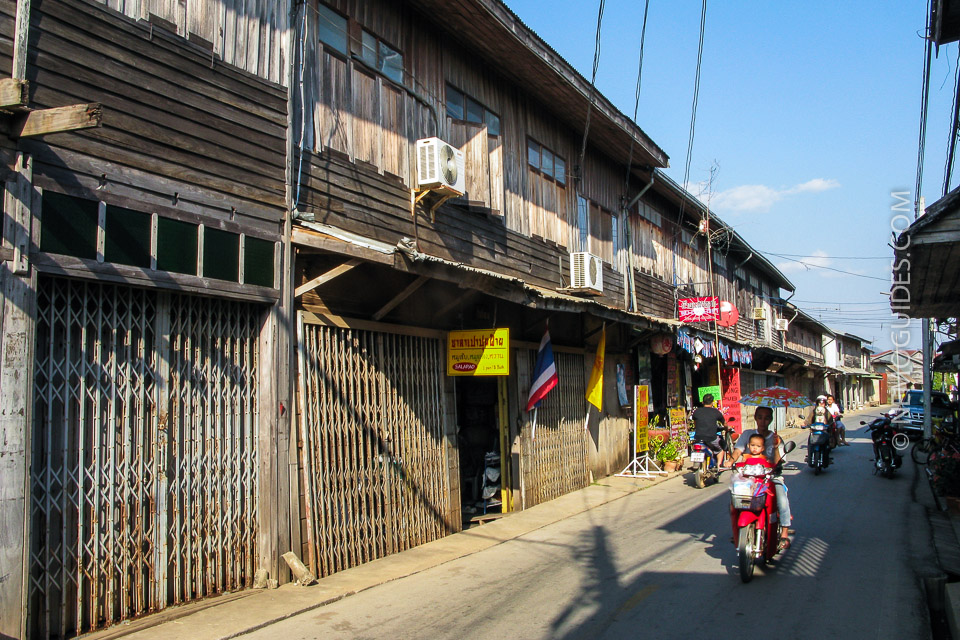
Emanating from China, Mekong, one the world’s great rivers, runs along the Thai-Lao border, at some places making long curves far into the Laotian side.
The main Thai settlement on the banks of Mekong is easy-going Nong Khai, which has a popular border crossing to Laos side, The Friendship Bridge connecting the two countries. The Lao capital Vientiane is located on almost the opposite side of the river. Visas to Laos can be obtained from the border.
Nong Khai is a pleasant town to spend a few days, even if you are not planning to cross the border. A few old streets of wooden houses have survived along the banks of Mekong, in the heart of the otherwise modern, concrete city.
An even more atmospheric little town on the Mekong is Chiang Khan, located in the Loei province. For Thais Chiang Khan has become a small tourist phenomenon; domestic tourists flock here to see the nostalgic old-time Thailand, where teak wood houses and small shops line the streets. The old part of Chiang Khan looks almost like from Western movies.
Isaan’s Angkor-era Temples

One won’t need to travel all the way to Cambodia to see some impressive Angkor-era ruins. Isaan has a fair share of its own landmarks of the glorious Khmer civilization.
Even if Isaan’s ruins cannot compare in size to majestic Angkor Wat in Cambodia (what attraction in the world could?), they are nevertheless impressive, and much less visited. Thailand’s Khmer ruins can be enjoyed in peace, often no other tourists in sight.
The most impressive ruined temple is Phanom Rung, built some 1000 years ago, located near the town of Buriram. These handsome ruins are located on a ridge of a 400 meters high extinct volcano.
Another impressive ruined temple is Preah Vihear, located on a cliff at the edge of the Thai-Cambodia border. In recent years the two countries have been arguing over the temple’s land area, which has led to violent clashes between Thai and Cambodian armies between 2008 and 2011. Several soldiers were killed and wounded. Since the clashes the entrance to the temple has been blocked from the Thai side, but Preah Vihear can still be visited on a day trip from Cambodia’s Siem Reap.
A third area with Khmer ruins is Phimai, even if its ruins pale in comparison with the above mentioned. Nevertheless they make a nice day trip from Khorat, just an hour’s drive away.
Isaan Around Thailand
Even if only few tourists visit Isaan, most of them get at least a little taste of Isaan wherever they go in Thailand.
Actually most Thais tourists meet around Thailand are from Isaan. Hundreds of thousands of people from Isaan have moved around Thailand in search of work, and they drive the taxis in Bangkok, work in hotels in the beach resorts, and operate most of the street food carriages on the streets of the capital.
To get a taste of Isaan all you need to do is to listen to the Isaan pop and country style music on Thailand’s long-distance buses or stop for a quick snack of typical Isaan food anywhere in Thailand: grilled chicken and somtam salad.
Munching on that divine barbequed chicken you might find yourself suddenly thinking: maybe I should really travel to Isaan, and see the real Thailand in its most authentic form.


